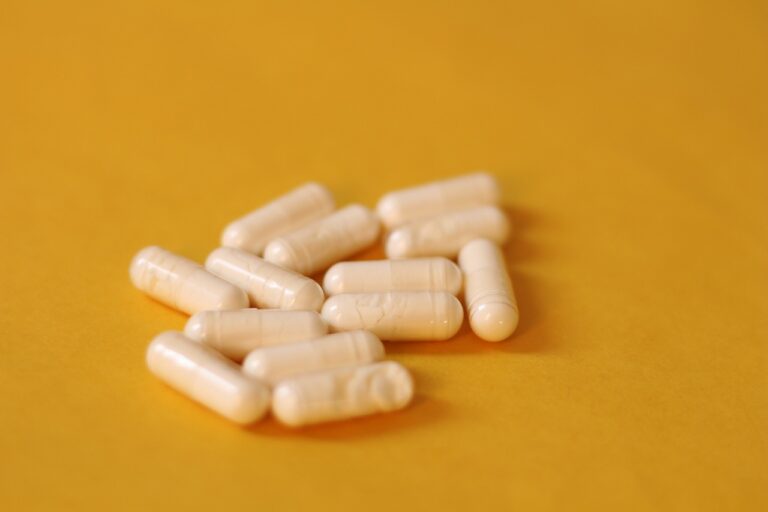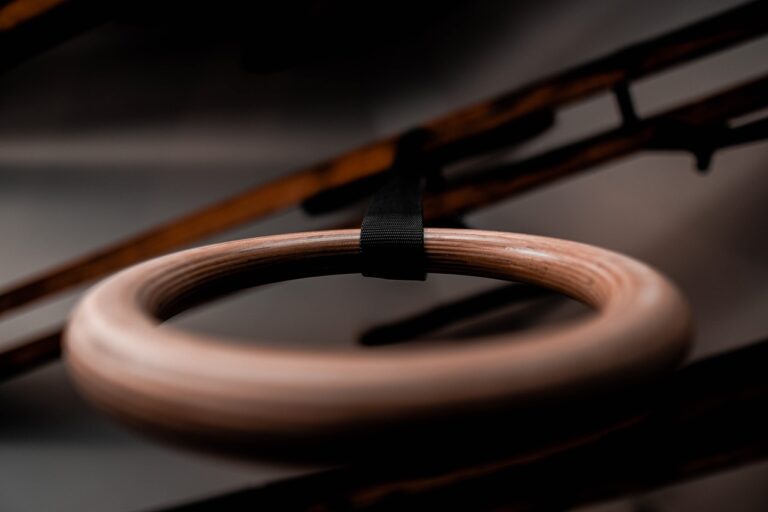Harnessing the Gentle Power of TCM Child Massage Therapy: Nurturing Health from Within
From the earliest stages of life, children benefit profoundly from nurturing touch. Among the many health-promoting therapies available today, TCM Child Massage Therapy also known as pediatric massage, paediatric tuina, or Xiao Er tuina is gaining recognition worldwide for its gentle, holistic approach to supporting children’s well-being. Rooted in the principles of Traditional Chinese Medicine (TCM), this therapy uses specific acupressure points, meridian pathways, rhythmic stroking, and gentle manipulation to help harmonize a child’s qi (life energy), support organ function, and boost immunity. In places such as Singapore, clinics already offer specialized TCM paediatric massage aimed at improving health in young children.
In this article, we explore the philosophy, methods, benefits, safety considerations, and practical tips for parents considering TCM child massage therapy for their children.
The Philosophy behind TCM Child Massage Therapy
Traditional Chinese Medicine views health as a delicate balance among the body’s systems, governed by the flow of qi and blood through meridians. In children, the qi is believed to lie closer to the surface and be more malleable, making them more receptive to gentle interventions. Thus, pediatric massage seeks to correct disharmonies before they manifest as overt disease, supporting the body’s innate ability to self-regulate.
Rather than addressing only symptoms, TCM child massage considers the child’s overall constitution, seasonal factors, diet, sleep, and emotional balance. The therapist tailors strokes, pressure levels, and meridian selection to the child’s age and condition—so what works for a toddler may differ from what is used for an infant or older child.
Because children are still developing, their bodies respond more quickly but also need gentler, more cautious techniques. The idea is not to “force” change, but to guide, support, and stimulate self-healing akin to helping a garden flourish rather than remodeling it with heavy tools.
Techniques and Approach: What Happens in a Session?
A typical TCM child massage session proceeds in stages:
-
Consultation & Evaluation
Before any touch, the practitioner will discuss the child’s medical history, diet, sleeping habits, and any complaints (e.g. digestive issues, coughs, sleep problems). Observation of the child’s tongue, pulse, and general constitution helps guide which meridians or acupoints to target. -
Relaxation & Preparation
The child is asked to lie or sit comfortably, often fully clothed or in loose, comfortable garments. The environment is kept calm, warm, and child-friendly—with minimal distractions. The use of light oils or lotions may ease the touch. -
Gentle Stroking and Meridian Work
The bulk of the session consists of rhythmic, gentle strokes (“rolling,” “rubbing,” “kneading”) along selected meridians—often on the back, limbs, chest, and abdomen. Techniques may include light pressing of acupoints, patting, or soft stretching in infants. The strokes are adapted to the child’s tolerance and sensitivity. -
Focused Acupoint Stimulation
Based on the diagnosis, the therapist may lightly press specific acupoints to stimulate organ function (e.g. points for digestion, lung function, sleep regulation). The pressure is always subtle and never painful. -
Integration & After-Care Advice
After massage, the child is allowed to rest. The practitioner may offer guidance on diet, sleep hygiene, and simple home exercises or gentle massage parents can safely apply between sessions.
Session durations vary with age and condition, but typically range from 15 to 30 minutes. Some clinics offering paediatric tuina massage in Singapore emphasize that sessions are gentle, non-invasive, and tailored to children’s needs.
Who Can Benefit and When?
TCM child massage therapy is suitable for many children, especially infants, toddlers, and preschoolers, though its utility can extend into early school years. It may be used in the following contexts:
-
Preventive wellness: to boost general immunity, maintain balance, and reduce the frequency of common childhood illnesses
-
Digestive complaints: constipation, bloating, colic, diarrhea
-
Respiratory issues: coughs, colds, recurrent upper respiratory symptoms, bronchitis
-
Sleep disturbances: insomnia, night terrors, restless sleep
-
Skin and allergy conditions: eczema, rashes, allergic sensitivities
-
Emotional or behavioral concerns: restlessness, irritability, mild attention or mood issues
-
Post-illness recovery: to support recuperation and strengthen constitution
Because TCM pediatric massage is gentle and non-drug, parents often favor it where children are reluctant to take medications or when they seek holistic, supportive methods to complement conventional care.
Key Benefits: What Does the Evidence and Tradition Suggest?
While formal scientific trials are still limited, both clinical experience and TCM theory suggest multiple potential advantages:
-
Immune System Enhancement
Gentle stimulation of meridian pathways may encourage lymphatic flow and optimize organ function, thereby helping children better resist infections. -
Improved Digestion and Nutrient Absorption
By activating abdominal meridians and improving blood and qi circulation, TCM massage can help with constipation, bloating, and appetite regulation. -
Better Sleep & Nervous System Regulation
The calming touch may soothe an overactive nervous system, reduce stress, and promote deeper, more restful sleep. -
Symptom Relief for Common Ailments
Coughs, colds, mild asthma, or allergies may respond to acupoint stimulation and meridian balancing—supporting the body’s self-healing processes. -
Growth & Development Support
Skin stimulation aids neural development, and improved circulation provides better nourishment to growing tissues. -
No Needles, No Drugs
Because the therapy involves only touch and gentle manipulation, it is suitable even for children who are needle-averse or for whom herbal interventions may not yet be appropriate. In many TCM clinics, pediatric massage is offered as a safe, needle-free alternative.
Safety, Precautions, and Contraindications
Although TCM child massage is generally safe when done by a qualified practitioner, the following precautions are important:
-
Use qualified practitioners: Ensure the therapist has proper training in pediatric tuina or TCM child massage.
-
Gentle only: Because children’s tissues are delicate, therapists must avoid heavy or forceful techniques.
-
Timing matters: Do not perform massage immediately after feeding or when the child’s stomach is full; also avoid when the child is very hungry or exhausted.
-
Avoid on high fever or acute infection: If the child has an acute high fever, contagious disease, poisoning, or serious medical conditions, do not perform TCM massage; seek appropriate medical care first.
-
Watch for contraindications: Open wounds, skin infections, fractures, severe malnutrition, or systemic illness may rule out massage (or require careful, modified approaches).
-
Complementary—not substitute: For serious or chronic conditions, TCM massage should complement, not replace, conventional medical care.
Moreover, the therapist should constantly monitor the child’s comfort level, stopping immediately if the child cries or shows discomfort.
How Often Should a Child Have TCM Massage?
The frequency depends on the child’s age, constitution, and condition:
-
For general wellness or mild concerns: 1 session per week or every two weeks
-
During acute issues: 2–3 sessions per week may be adopted until improvement
-
Maintenance: Once improvement is achieved, spacing out to fortnightly or monthly sessions might maintain balance
Duration and frequency decisions should always be guided by the practitioner’s assessment and progress.
Tips for Parents: Maximizing the Effectiveness
-
Keep it consistent: Regular sessions yield better results than intermittent ones.
-
Support at home: Follow the practitioner’s guidance on diet, hydration, sleep, and gentle home massage techniques you can safely apply.
-
Communicate and observe: Talk to the child before, during, and after the session; note any changes in appetite, mood, stools, or sleep.
-
Prepare the child: Let your child wear loose clothing, and avoid heavy meals just before the session.
-
Choose age-appropriate sessions: Very young infants may need shorter sessions; older children can tolerate a longer duration.
-
Start gently: At first, focus on establishing trust and comfort rather than aggressively addressing health issues.
-
Track progress: Maintain a simple journal of sessions and outcomes to share with the practitioner for better customization.
Challenges and Scientific Gaps
While TCM child massage is promising and widely practiced, there are limitations to note:
-
Scarcity of high-quality trials: Many studies are anecdotal or small-scale; robust randomized controlled trials are fewer.
-
Variability in technique: Effectiveness heavily relies on the skill and judgment of the practitioner. Two therapists may differ significantly in approach.
-
Placebo and context effects: The warmth, attention, and tactile contact may contribute to much of the perceived benefit.
-
Integration with conventional medicine: TCM massage is best used as a complementary tool rather than a stand-alone cure—especially for serious conditions.
Thus, responsible practitioners and informed parents should approach it as one component of a holistic health plan, not a panacea.
Real-World Use and Acceptance
In Singapore, several TCM clinics offer pediatric tuina or paediatric massage services aimed at young children. These clinics emphasize safe, gentle techniques adapted to children’s unique physiology and frequently list benefits such as improved digestion, sleep, respiratory support, and immunity.
Parents often report noticing positive changes such as fewer colds, better sleep, calmer moods, and smoother digestion after a few sessions. Because the approach is non-invasive and nurturing, many caregivers see it as a child-friendly gateway into holistic wellness.
Conclusion
TCM child massage therapy offers a gentle, nurturing way to support children’s health, helping balance energy, stimulate organ function, and enhance immunity all through the power of touch grounded in centuries of traditional wisdom. Its non-drug, non-needled nature makes it especially suitable for children who resist more invasive therapies.
However, its true strength lies not in miraculous cures but in providing steady, supportive care that aligns with a child’s natural growth processes. For parents seeking a holistic complement to standard pediatric care, TCM child massage therapy presents a promising option so long as it’s delivered by skilled, conscientious practitioners and integrated with broader health management.







